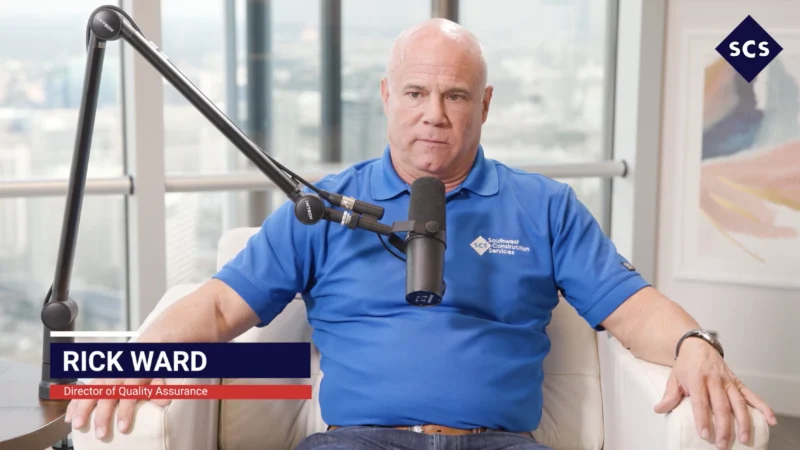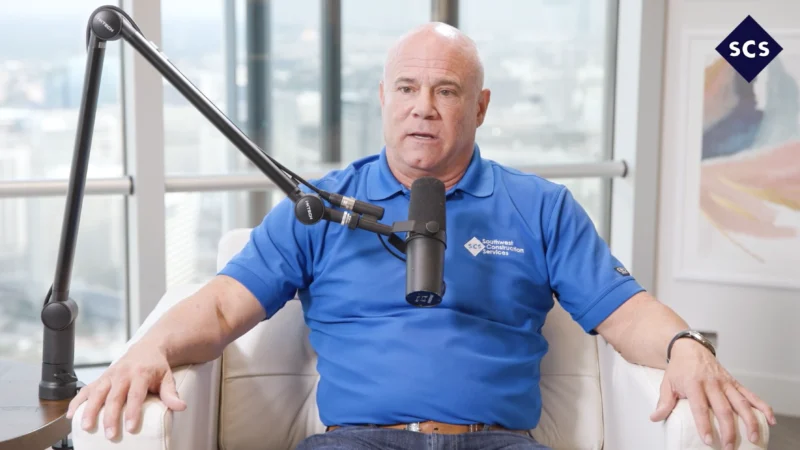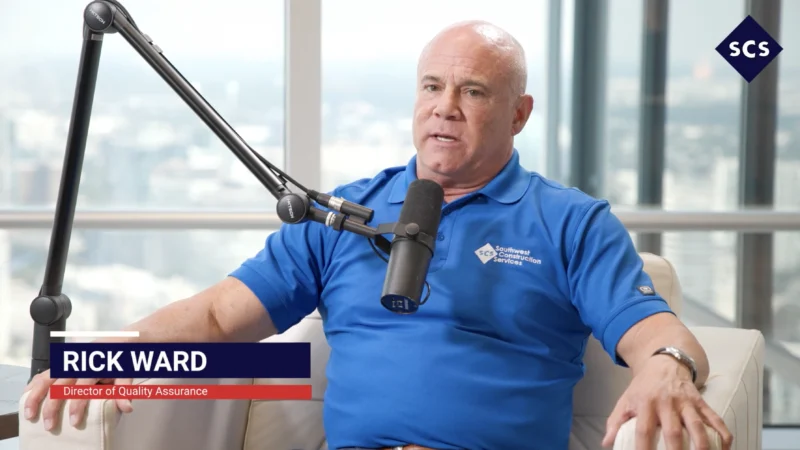How Are Modern City Centers Evolving to Suit Hybrid Desires?
How has the modern city center evolved from those of the past?
On this inaugural episode of Deconstruction, a VCC podcast, host Ben Thomas and Derek Alley, CEO of VCC, break down the modern city center and what it takes to plan, build and maintain it.
According to Alley, the term city center would have meant many different things in the past, depending on the decade you’re discussing. There was a time when it strictly referred to civic centers.
“The transition from city center to multiple community centers is the best way to describe it,” Alley said. “As we’ve urbanized as a country–and world–as the population has gotten into more dense areas, you find yourself having to think of the city center as a community center.”
Today, developers and construction managers approach city centers from a public, private perspective and tailor experiences to the needs of their residents. The contemporary city center requires diverse points of connectivity for the community – apartments, retail, hospitality, entertainment, and civic spaces. But according to Alley, there isn’t any cookie-cutter approach or secret recipe for these developments.
“You can’t rinse and repeat, even though it’s what we’d like to do and wish we could do,” Alley said. Summarizing the reasons, he explained, “One is the nature of changing patron interest and demand. People are changing what they want a lot more quickly than in the past.”
Listen in to learn how developers are keeping abreast of this change, and be sure to subscribe to Deconstruction for more thought leading discussion and industry insights.
Follow us on social media for the latest updates in B2B!
Twitter – @MarketScale
Facebook – facebook.com/marketscale
LinkedIn – linkedin.com/company/marketscale



